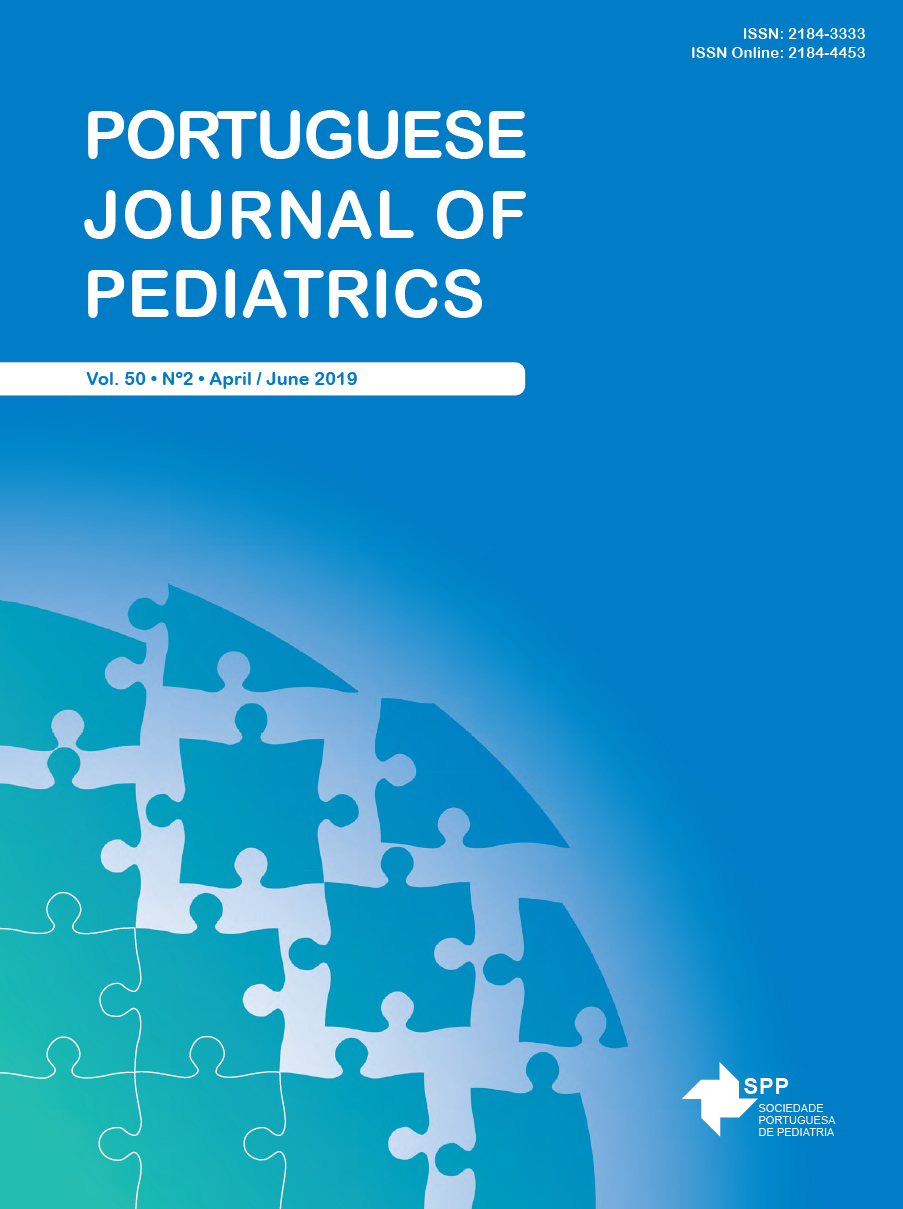Prevalence of Sacroiliitis Assessed by Magnetic Resonance Imaging in a Pediatric Population with Inflammatory Bowel Disease
Date of submission: 18-07-2018 | Date of acceptance: 28-10-2018 | Published: 29-04-2019
DOI:
https://doi.org/10.25754/pjp.2019.14802Abstract
Introduction: The axial articular involvement in pediatric inflammatory bowel disease is frequent and often asymptomatic. There are no studies evaluating the sacroiliac joints assessed by magnetic resonance colonography or enterography performed in this population.
Methods: A cross-sectional study, including pediatric patients diagnosed with inflammatory bowel disease, previously submitted to magnetic resonance colonography or enterography, was performed. Two independent radiologists proceeded, independently and blindly, to magnetic resonance imaging analysis and identification of lesions suggestive of sacroiliitis. Parametric and non-parametric tests were used in statistical analysis to compare clinical and demographical variables in patients with or without sacroiliitis in magnetic resonance imaging.
Results: The study included 64 patients, 24 (37.5%) females, 54 (84.4%) with Crohn disease, 10 (15.6%) with ulcerative colitis, and an average age of 15.1 ± 2.8 years.
The prevalence of abnormalities suggestive of sacroiliitis in magnetic resonance was 31.2% (n = 20). Females had a significantly higher prevalence of sacroiliitis (45.8% vs. 22.5% of positive magnetic resonance imaging in females and males, respectively, p = 0.048) and those with positive magnetic resonance imaging had a shorter disease duration: 1.7 (0-10.5) vs. 3.2 (1-9.7) years, p = 0.001.
Other factors, such as the type of inflammatory bowel disease, surgical history, current age, and age at diagnosis, were not associated with the presence of sacroiliitis.
Discussion: Our study showed that there is a high prevalence of asymptomatic sacroiliitis in children with inflammatory bowel disease (31.2%). Magnetic resonance colonography or enterography used to monitor the underlying disease, may contribute to the early identification of these patients.









